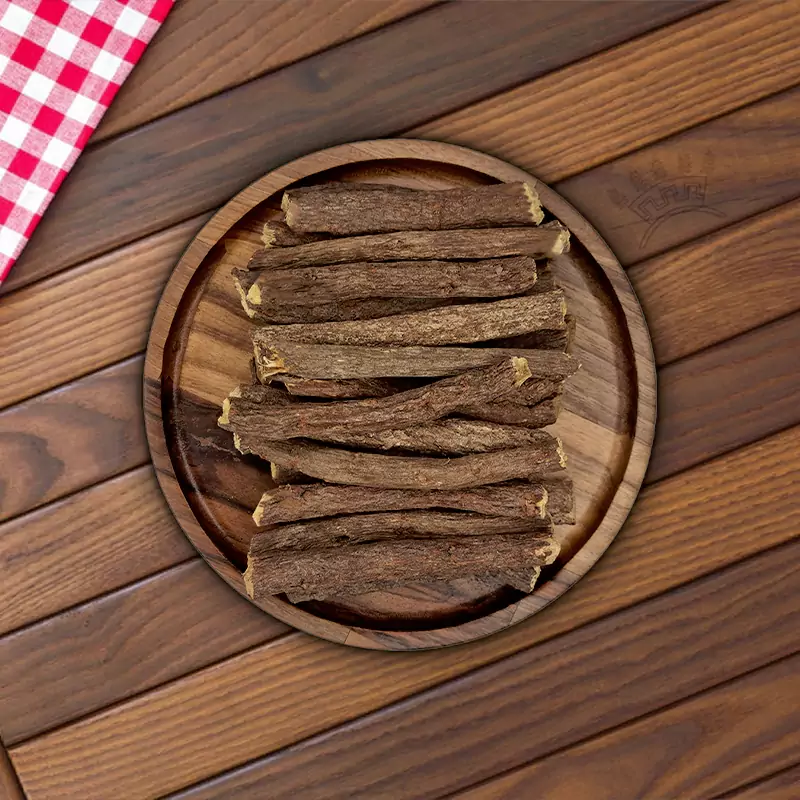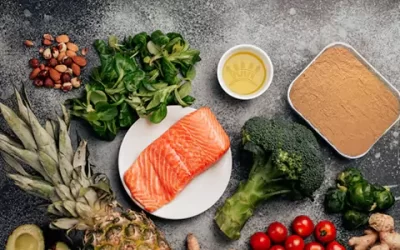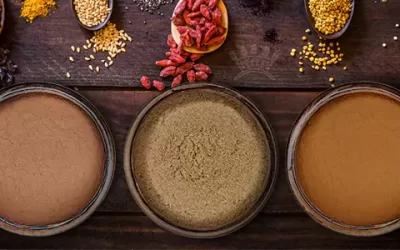What Is Licorice?
what is licorice? Licorice is an herbal plant which has been used since ancient times in traditional medicine as an herbal remedy and in cooking and beverages.
Background
Licorice is a perennial herb that has been used since ancient times in food and medicine. It has been mainly used to treat peptic ulcers, indigestion, acid reflux, cough, heartburn, bacterial and viral infections, eczema, psoriasis and some other diseases.
In this article we pay attention to these topics:
- What is licorice?
- Licorice fields of consumption
- Licorice in herbalism and traditional medicine
- Licorice effects on our health and body
- Excessive consumption of licorice
- Licorice products
This content is provided by Sepidan Osareh Jonoob Co.
What Is Licorice?
Licorice (or liquorice) is a wild plant which grows in Southern Europe, Western Asia and North Africa. The technical name of licorice is Glycyrrhiza Glabra. It is a flowering plant of the bean family. The word “licorice” is taken from a Greek Latin word, which means “sweet root”. Licorice is an old herb which has been used since before. Its use dates back to ancient Egyptians when it was given to Pharaoh in drinks. A large amount of licorice was found in Egyptian rulers’ treasures like king Tut, because it was believed that licorice could be used to make sweet drinks.
Licorice plant grows about 1 to 1.5 m and it has purple to light blue flowers. Licorice roots are extensive including tap root, long runners and branches. The roots are flexible and soft and the color is light brown. Licorice has got small and round leaves. This plant can grow in different kinds of weather but it can also grow in hot, sunny and dry climate. It is able to tolerate drought. It grows fast and tends to get a lot of sunlight. The soil should be well-drained. Too much watering is harmful for this plant, so it prefers regular watering. Licorice plants are easy to grow. Its maintenance is easy. The plant type is annual and it grows upright. Licorice plant is perennial and resistant. Licorice taste is sweet. The sweetness in this plant is due to Glycyrrhizin. It is 50 times sweeter than sugar. Licorice is harvested in autumn. Licorice can be picked 2 or 3 years after planting. Licorice is mostly used for its edible roots which are used in different industries. It grows in China, Iran, turkey, Iraq, Italy, Pakistan, India and many other countries. The importers of licorice in Europe are Germany, France, Italy, Netherlands, United Kingdom, Finland etc.
Based on research on licorice structure, there are 20 triterpenoids and nearly 300 flavonoids in licorice. Triterpenoids are natural glycosides which have a large variety in bioactive. flavonoids with polyphenolic structure are found in flowers, tea leaves, grains, fruits, vegetables, roots, etc. These compounds have anti-oxidant, anti-inflammatory and anti-cancer features. Moreover, they regulate the functions of cellular enzymes.
Minerals such as phosphorus, calcium, iron, magnesium, potassium and etc. are found in this plant.
It is said that there are differences in licorice type and appearance in trade, based on which country it comes from. For example, Spanish licorice has unpeeled runners while Russian ones are sold in peeled pieces.
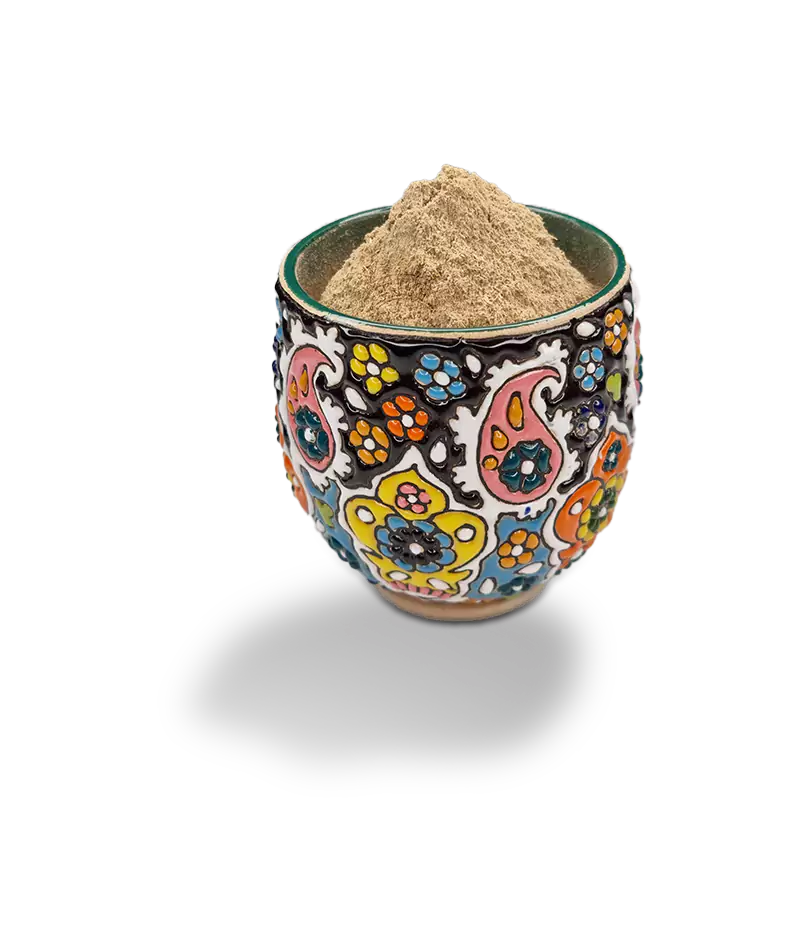
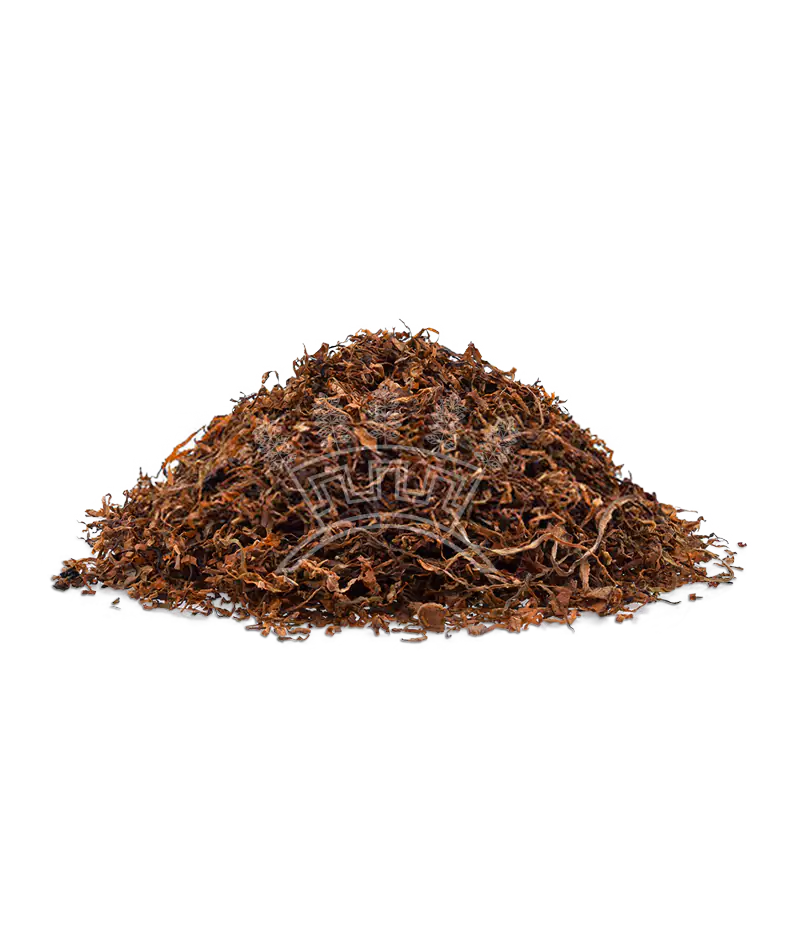
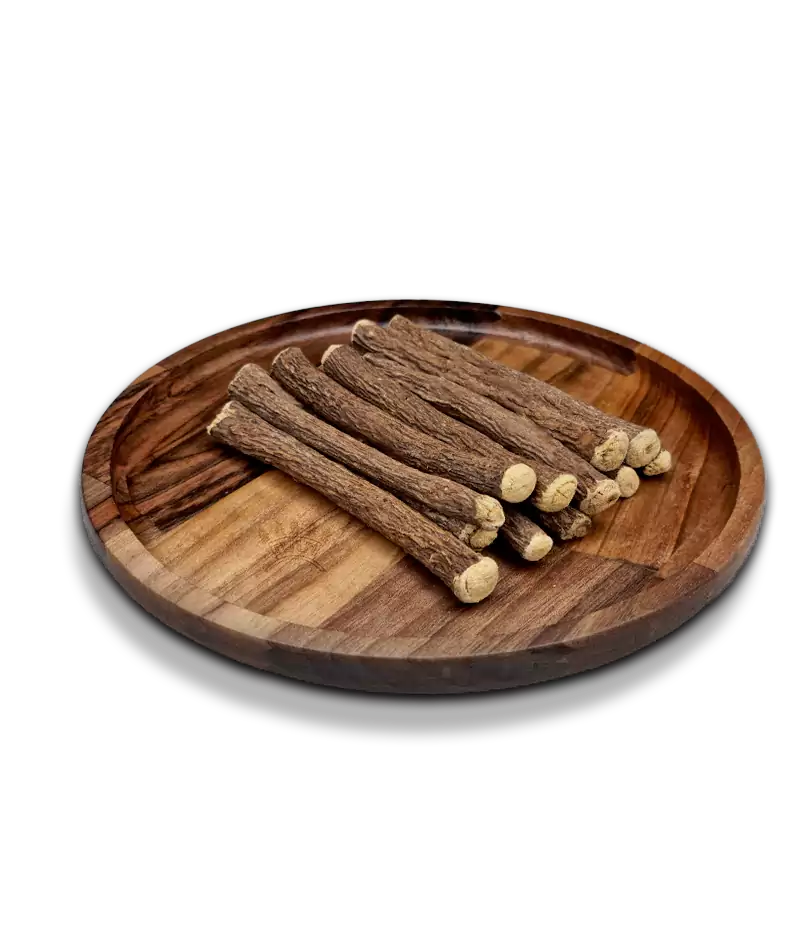
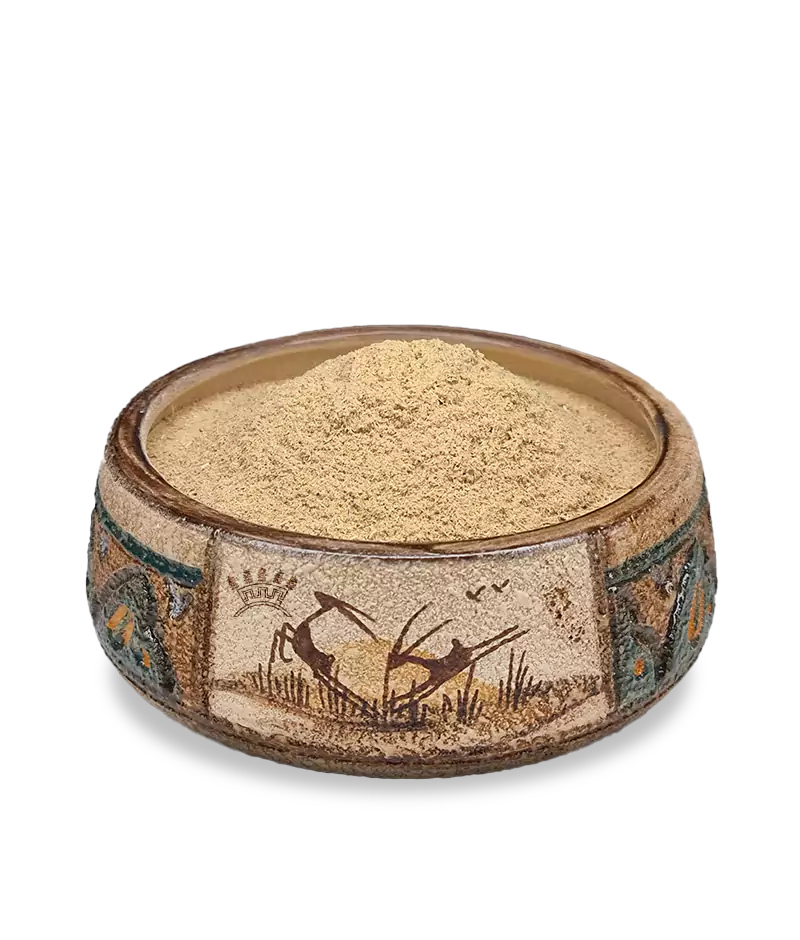
Licorice Fields of Consumption
Licorice is considered a natural sweetener and flavoring. Since the Middle Ages licorice was consumed to add flavor and color to food. Various industries use licorice in their products such as:
Tobacco: licorice consumption in tobacco industry is considerable. It gives sweet flavor and distinctive aroma to tobacco products. Licorice improves the flavor of cigarettes. It also maintains moisture holding features of tobacco.
Food and Beverages: Licorice is used as a seasoning to flavor some food. It is also used as a flavoring for a variety of sauces, including soy sauce and pickles. Licorice root is used to flavor dry food such as sugar, coffee, salt and some other ones. This plant is found in the combination of spices, especially for meat dishes, and goes well with the taste of food.
Licorice is consumed in pastilles and chewing gum. This kind of products contains no sugar or less sugar because licorice is used as a natural sweetener and flavoring in them. Licorice has a natural taste and gives freshness to the mouth and prevents tooth decay.
For making licorice tea, we can use licorice powder or ground licorice root. Licorice is also available in tea bags. Licorice dried leaves can be used for tea. This herbal tea is very useful for our body and health. It can relieve sore throat and cough, digestive problems, headache and stress. It can control stomach acid and reflux; it treats fatty liver and strengthens the immune system; it helps to lose weight. Licorice in syrup and beverages is used as a natural flavoring and sweetener.
Licorice is also used in alcoholic beverages especially strong ones. It gives them strong and special taste.
Licorice in cooking and in the kitchen is used in different ways. The commonest way is using its powder. You can add it to flour to make sweet pasta or you can directly use it on meat meals. Some other ways are mentioned above.
Confectionary: Licorice is used as a natural flavoring and sweetener in this industry. According to Sepidan Osareh Jonoob Co. studies, the use of licorice in chocolate, sweets and candies in the Nordic countries has a long history and countless fans. These chocolates and candies are available in different forms. This plant gives a special herbal taste to the products.
Cosmetics and Healthcare: licorice contains vitamins B and E and minerals such as potassium and magnesium; licorice extract prevents infection and contamination on the skin surface and keeps it clean. Licorice extract controls the number of pigments. It prevents their accumulation (hyperpigmentation). Licorice extract is rich in antioxidants, so it is anti-aging and rejuvenating; it helps regenerate collagen to keep our skin soft and smooth. According to studies, an active antioxidant (Licochalcone A), which is the main ingredient in licorice root extract, is able to protect the skin against UV rays, and this is done by strengthening the skin’s own defense system. Licorice root can prevent hair loss and make our hair grow faster. The use of this plant opens the pores of the scalp and strengthens the hair follicles. It prevents thinning hair strands. It is also used to repair damaged and colored hair.
Because of these properties, it is used in cosmetic products such as cream, shampoo, soap, sunscreen, brightening and anti-spot creams, hydrating and anti-wrinkle etc.
Medicine and Pharmaceutical industry: cough syrups and lozenges use licorice to relieve sore throat and reduce cough. Licorice is found in topical gels and ointment to treat topical pains. In capsules and pills, it can be also used.
Licorice in Herbalism and Traditional Medicine
Licorice has been widely used in herbalism and traditional medicine for thousand years. Its positive influences on our health are considerable. At first in Europe, it was used as a herbal remedy for dry cough, asthma, and pectoral diseases. In Chinese, Indian, Greek traditional medicine, licorice was assumed an effective herbal treatment for heartburn, cough, eczema, sore throat, hair loss, bronchitis, canker sores, and so on. Egyptians assumed licorice as a pharmaceutical herb. One of the Egyptian writers recorded licorice as a popular beverage among people in ancient times. Some manuscripts related to 360 A.D talked of licorice as a cure for hair loss, cough, skin problems and eye ailments. It is documented that it has been used since prehistoric times in Europe. In traditional Chinese medicine licorice was considered as a “guide drug”. That was because of chemical transformation when interacting with other compounds. In many Chinese herbal remedies, licorice is combined with other herbs to improve the flavor and increase the effectiveness of other ingredients. In their tradition was common that licorice gave them endurance and strength. Roman emperors and their armies used this plant since they thought that it removed their thirst.
Licorice Effects on Our Health and Body
Licorice is used to treat some digestive problems. Glycyrrhizin which is an active compound in licorice root helps to heal stomach pain, indigestion, heartburn and acid reflux. Peptic ulcers are caused by inflammation with bacteria. Licorice root and its glycyrrhizin are useful in treating peptic ulcers.
Licorice acts as an expectorant, removing extra mucus from airways.
Due to licorice anti-bacterial, anti-viral and anti-inflammatory features, it can improve eczema, psoriasis; it can help wounds heal faster. It removes redness, irritation and itch on the skin surface.
It is a proper remedy for dental diseases like: aphthous ulcers, gingivitis, dental caries, periodontitis.
A few studies show that Glycyrrhizic, Asiatic and Oleanolic acids in licorice root can slow the progress of bronchitis. Licorice root has been widely used to treat bronchial asthma for many years.
There are different kinds of bacterial and viral infections. One research has shown that licorice root at least has two elements that have antiviral effects called: GL and GA. They weaken virus activities like virus gene and its replication. This plant also contains flavonoids that treat bacterial infections.
One of the menopausal symptoms is the feeling of sudden warmth in women’s face, neck and chest. The skin becomes red and starts to sweat. Research on menopausal women indicates that licorice root positively affects reducing hot flushes.
Recent studies show that licorice is effective in Hepatitis C treatment. Glycyrrhizin plays a critical role in controlling the disease and reducing its progress toward cirrhosis. Licorice extract is influential in breaking down cortisol in liver.
Glabridin, another component of licorice root is anti-fungal. This element slows down the growth of bacteria and virus.
Licorice can decrease the growth of cancer cells in breast cancer, prostate cancer and other kinds of cancer.
This plant by controlling adrenals, combats stress. It moderates energy levels which leads to better reactions in stressful situations.
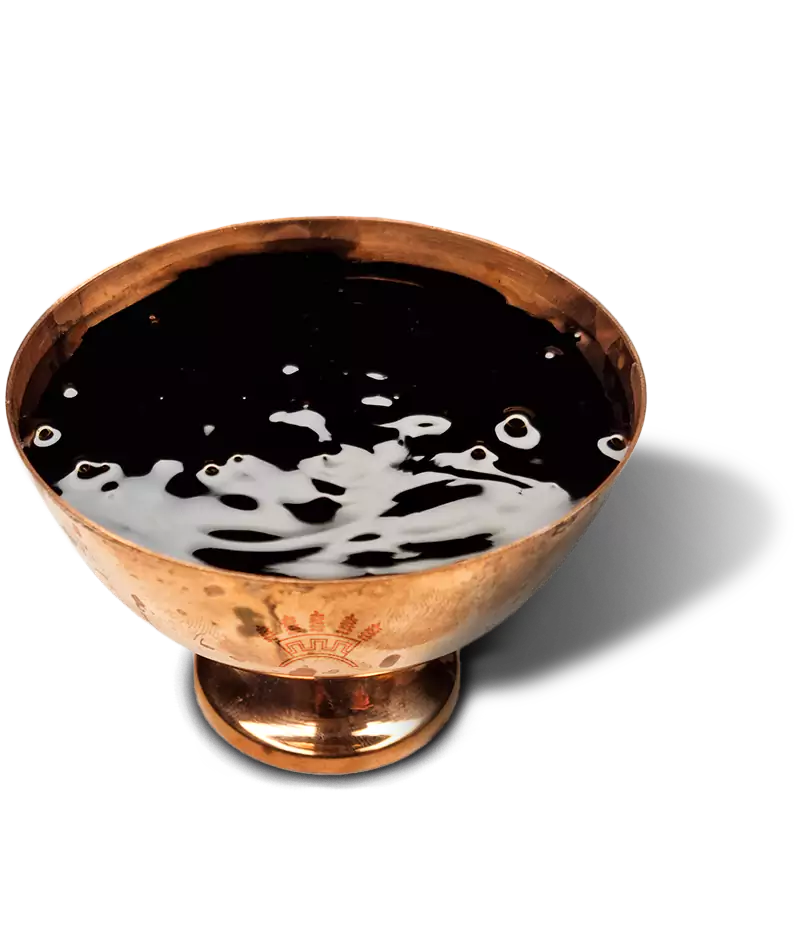
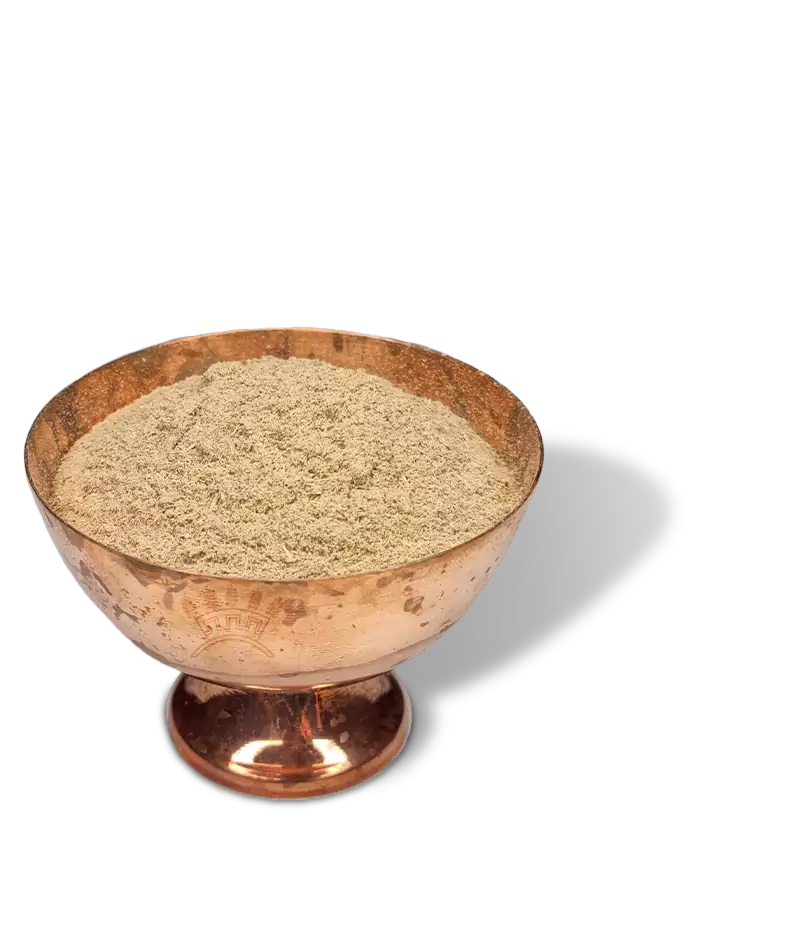
Licorice
Excessive Consumption of Licorice
Licorice like many other herbs must be used in a recommended dose and we shouldn’t exceed that amount. It could have some side effects. There is an element in licorice called glycyrrhizic acid. It is believed that licorice side effects are mostly because of this component. Excessive consumption of licorice or using it for a long period of time may cause high blood pressure and decrease of potassium levels. So, people suffering from hypertension, kidney and heart problems must really care about the licorice standard dose. Licorice overdose may lead to increase in glycyrrhizin levels in our body.
Excessive licorice use makes us feel weakness in our muscles and result in fatigue. It possibly changes heart beat rhythms. Rarely licorice poisoning happens and result in disorders in kidneys.
During pregnancy and breastfeeding is necessary for women to consult their general practitioner about using licorice and its amount to see if licorice is safe.
the World Health Organization (WHO) and European Scientific Committee of Food (SCF) both recommend limiting glycyrrhizin intake to no more than 100 mg per day.
Licorice may interact with some medications such as high blood pressure drugs, warfarin, anti-cholesterol drugs, estrogen-based contraceptives, and so on. Thus, if you take medications, before using licorice talk to your G.P.
DGL (deglycyrrihizanted licorice) is a processed licorice product which contains less glycyrrhizin. This is a safer product to use for a longer time and has fewer interactions with medications. According to a study in 2014, it was proven that DGL promotes mucus activity and this extra mucus acts as a barrier to acid reflux. Because of this reaction, DGL is considered an efficient drug for peptic ulcers treatment.
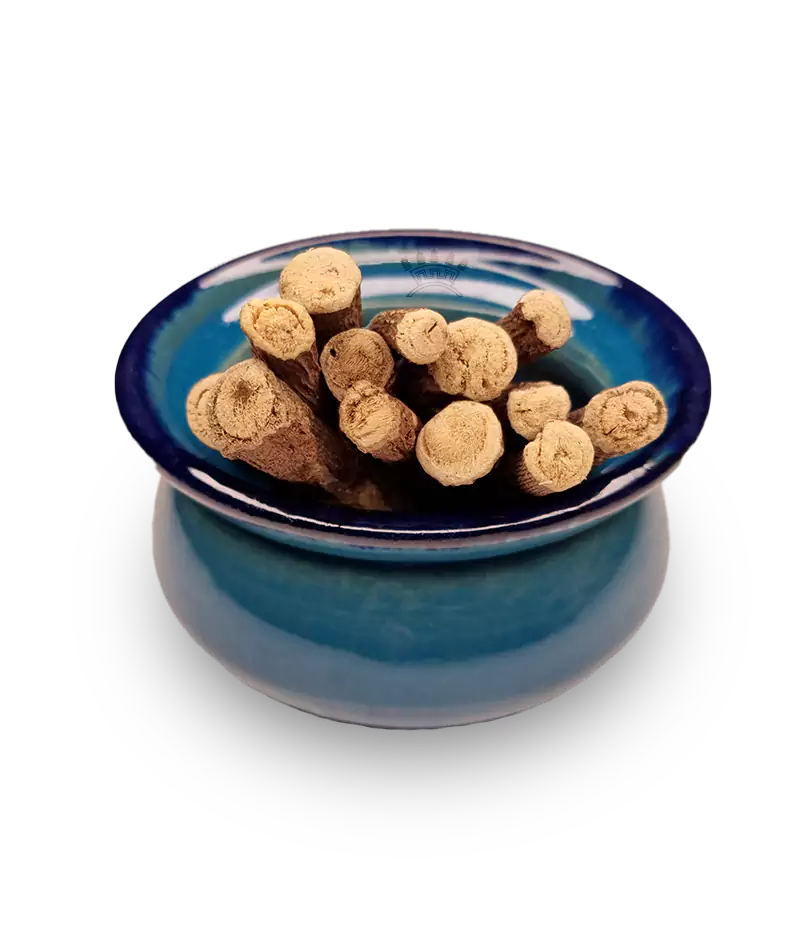
Licorice products :
Licorice is presented in a vast variety of products such as licorice extract paste, licorice root powder, licorice extract powder, licorice extract nuggets, licorice extract granules, licorice extract blocks, licorice root, licorice DGL.
Licorice extract powder
Natural licorice roots through special processes turn into licorice extract powder. The color is yellowish brown. It is mostly used in cosmetics as an anti-aging factor.
Licorice extract paste
Some industries prefer to use licorice extract paste. Licorice paste is soluble in water. Because of its natural and semi liquid texture, licorice extract paste is popular in tobacco and food industries.
Licorice root
After harvesting licorice plants, the roots will be cleaned and dried. Then they are ground, chopped and sliced.
Licorice root powder
licorice roots are cleaned, dried and powdered by modern instruments. Licorice root powder is used in making tea bags, medicinal syrups, and other traditional beverages.
Licorice extract blocks
Confectionary and tobacco industries are the main consumers of this product. Its color is black and the taste is bitter-sweet.
Licorice extract granules
By using modern technology, licorice extract can be transformed into very small pieces. Licorice Extract Granules are soluble in hot water. The taste and flavor are super strong. It is mainly consumed in pharmaceutical industry.
Licorice DGL
Licorice DGL is a proper medicine for individuals who suffer from diabetes, high blood pressure and peptic ulcers. DGL is consumed mostly in medicine, food industry, confectionery and chocolate industry, child nutrition and pet food. It has less glycyrrhizin.
Licorice extract nuggets
The taste and flavor are strong and the color is brownish black. The licorice extract nuggets are the small sizes of licorice extract blocks with a minor difference in color and moisture.
Sepidan Osareh Jonoob Co. is a prominent producer and exporter of licorice products in the world. In addition to producing the high quality licorice products and 20 tons of daily products, this company has simultaneously tried to observe the quality control management systems and standards.
Licorice Latest Articles And News
Licorice Nutrition
Licorice Nutrition licorice nutrition discusses nutrotional values of licorice like its vitamins and minerals, sugar, calories, its effects on health and body.facebooktwitteryoutubeinstagramBackgroundGlycyrrhizin glabra is commonly known as licorice or liquorice....
Different Kinds of Licorice Powder
Different Kinds of Licorice Powder different kinds of licorice powder are available in the market but 3 common ones are: licorice extract powder, licorice root powder, licorice DGLfacebooktwitteryoutubeinstagramBackgroundLicorice is an herbal plant which has been used...
Culinary Use of Licorice
Culinary Use of Licorice culinary use of licorice is considerable. Licorice is a natural sweetener and flavoring. It is used in confectionery, dried foods, beverages and many others.facebooktwitteryoutubeinstagramBackgroundLicorice is a perennial herb which has been...


